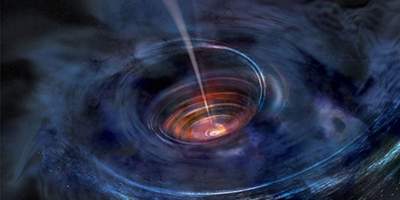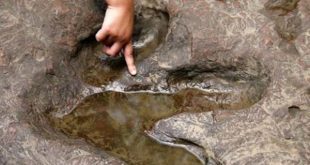 Proposed in 2003 a theoretical explanation of the mechanism of the birth of supermassive black holes is correct.
Proposed in 2003 a theoretical explanation of the mechanism of the birth of supermassive black holes is correct.
American astrophysicists for the first time managed to confirm the formation mechanism of supermassive black holes. This scientist has helped the observation of the brightest young galaxy CR7 named in honour of striker of the national team of Portugal Cristiano Ronaldo. A study published in the journal Monthly Notices of the Royal Astronomical Society, and briefly about it reports the Harvard-Smithsonian center for astrophysics (USA).
The researchers analyzed recent observation CR7, made with the Keck Observatory and the Very large telescope. Detected spectral features pointed to the high temperature of the object (about a hundred thousand degrees Kelvin) sufficient to ionize helium. Also, astronomers have not found any sources of elements heavier than hydrogen and helium.
The results of the observations of astrophysics analyzed on a supercomputer of the University of Texas using the methods of radiation hydrodynamics and the proposed theoretical explanations of the mechanism of formation of supermassive black holes. Numerical simulation, theoretical calculations and observations have led to the same results.
This means that the proposed in 2003 a theoretical explanation of the mechanism of the birth of supermassive black holes is correct. According to him, the birth of this site begins in young galaxies from the collapse of massive stars (heavier than the Sun is about one hundred times). After that formed the black hole attracts gas and dust, thereby giving birth to other stars.
Supermassive black holes in the centers of galaxies the mass of the Sun millions of times, and the usual arising from the collapse of massive stars — several times.








